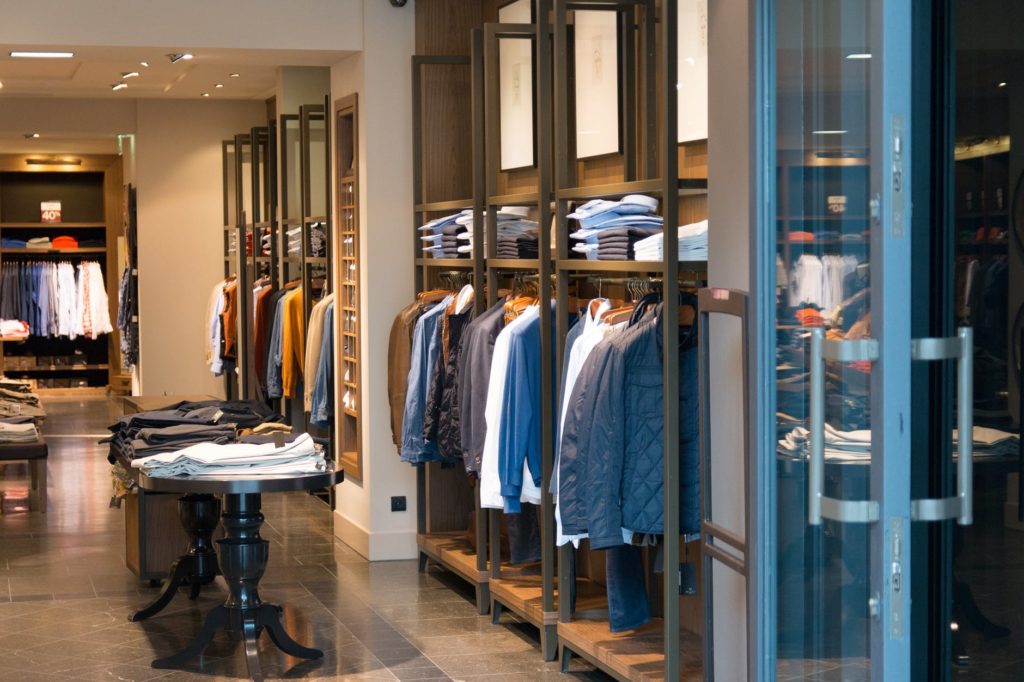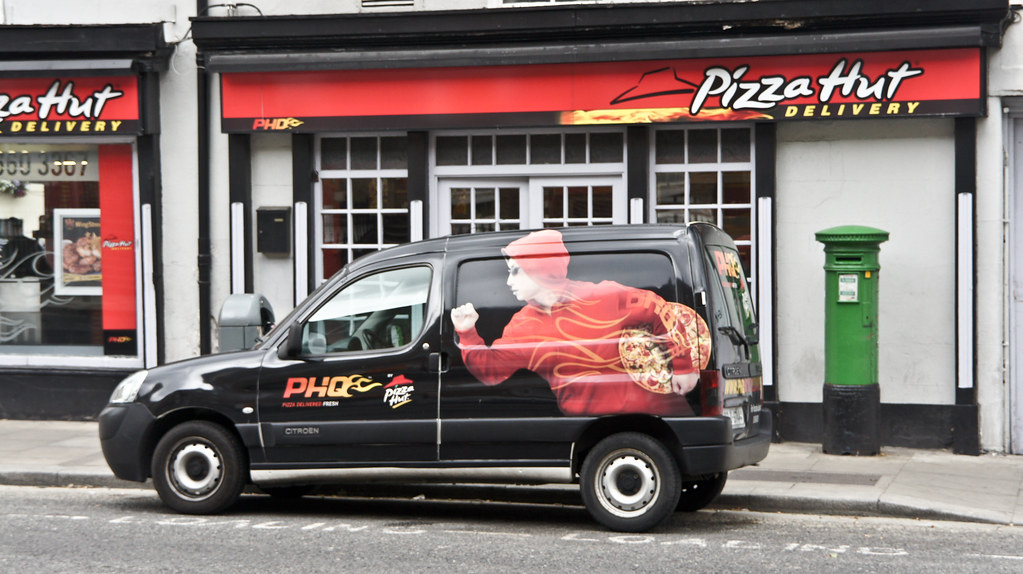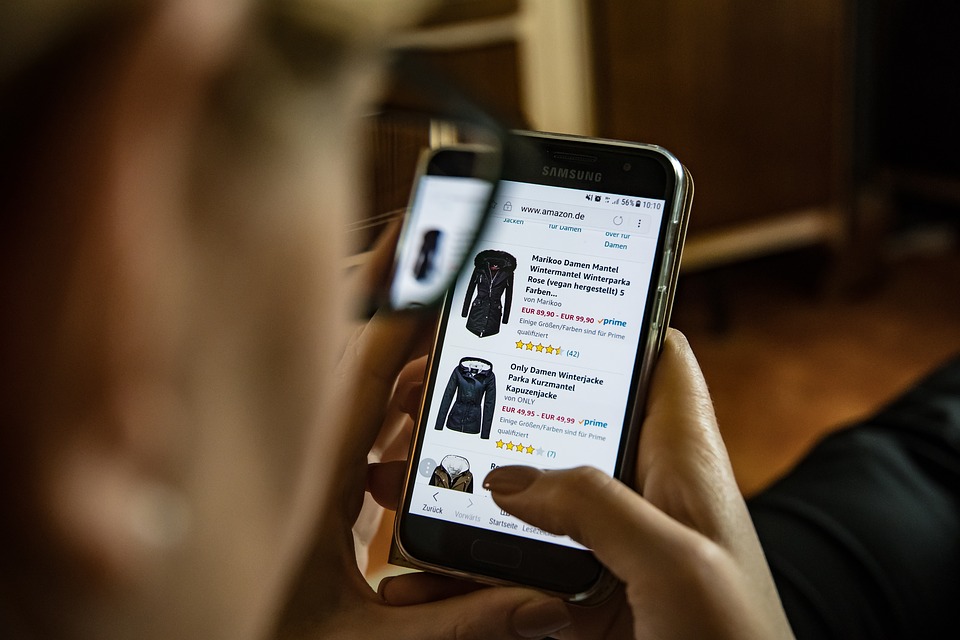Global retail sales have increased over the past few years and are expected to reach $21.73 trillion (GBP) by 2020. Statista estimates sales to reach $21.2 trillion (GBP) by the end of this year. Among those posed to make the most of the growth are innovative companies.
Businesses that have been using technology to improve their services and deliver to customers are bound to succeed. Consumers are overwhelmed with choice when it comes to their retail shopping experiences. Stores that can harness technology to provide a better user experience will be the ones on top in the future.
The Digital Retail Innovations Report, which has tracked the top global digital retail innovations, shows that there are a few sectors that have been working on their innovation muscles. These include fashion brands and stores, restaurants, supermarkets, e-commerce sites and even cosmetic companies.
Fashion sector
There are dozens of companies in the fashion sector that have been working on new ways to deliver services to customers. Names such as Nike, Burberry, Rent the Runway, Marks and Spencer, Farfetch, Shop Direct, Asos, River Island and Net-a-porter have appeared in the report more than once over the past few years.
These well-known brands have been discovering new ways to help customers get the best from the fashion sector. From social media shopping options to immerse live videos to interactive window displays, retailers in the fashion industry have been setting the pace for innovation.

Restaurants
The restaurant sector has been one of the most active when it comes to innovation. Companies like Pizza Hut, Burger King, MacDonald’s, Greene King, Domino’s, Starbucks and more have been trying new ways to create, serve and deliver up their food options for consumers.
Well-known brands like Pizza Hut and Domino’s have been testing the waters with a bot and drone delivery. Domino’s has even been working on an app that connects to a customer’s smart home elements so that when the pizza is delivered, the porch lights will turn on. Packaging has also come a long way from the boring cardboard box. In 2016, Pizza Hut created a box that can turn into a movie projector and in 2017 it created a pizza box that transforms into a turntable for some live DJ action.
Other restaurants have also been trying out new technologies to accompany their food services. JD Wetherspoon made the list in 2019 for its accessibility efforts. The pub chain opted to create an audio version of its menu rather than rely on Braille for those who are visually impaired.

Supermarkets/Groceries
The buying of food has become more and more interesting for consumers as grocery stores around the globe look to advancing technology channels to make the job of grocery shopping easier. These innovations include carts that can help customers avoid a long line up by checking out their items through an app to helping the consumer make environmentally-sound choices.
Food shops like Sainsbury’s, Tesco, Ocado, and even Walmart have been developing interesting innovations to better serve customers.
In 2018, CONAD Supermarket was listed in the report for its development of a connected cart that can visually recognize items in the cart. While most competitors use a store planogram for their cart checkout solutions, CONAD created an Internet of Things experience.
Walmart has been working on ways to use robots to help shoppers save time by finding items they need to buy. Customers simply place an online order and the robots will do the hard work while the shopper can look for the other items on their list.
Other supermarkets have been attempting innovations that are environmentally friendly, such as Tesco’s partnership with Loop to create waste-free shopping. The goal is to collect containers from customers and recycle them.
Ecommerce
Online shoppers spent $2.8 trillion (USD) in 2018. That number is expected to reach $4.8 trillion (USD) by 2021. E-commerce is a big business and the industry thrives on innovation.
Big brands like Amazon, eBay and Alibaba have worked hard to entice shoppers. Sites like Argos, Snap Fashion, Thread Studio and Wayfair have also been building their base with innovative options.
Amazon has been one of the most active companies when it comes to creating new ways to reach and serve consumers. With a plan for faster delivery, self-checkout stores and Echo integration, the company has been recognized in the report several times for the past four years.
Other companies, such as Japanese e-commerce giant Rakuten have been looking for ways to compete for consumers. In 2018, the company opted to create its own currency that will be tied to customer loyalty. Alibaba teamed up with Ford that same year to create a test-driving vending machine. Within 10 minutes drivers can walk away with the keys to a car they can take for a spin.
Thread Studio received a mention in the report for 2017 after they employed virtual reality to assist customers in creating their own fashions. While Otto began using Blue Yonder to forecast what consumers would be looking for using AI and machine learning.

Cosmetics
Another major retail sector that has been using technology to refine its products and attract customers is the cosmetic industry.
Beauty giants like L’Oreal, Estee Lauder and Sephora have found unique, innovative and creative ways to help customers find the products that suit them best. Shoppers can use interactive screens to find the best cosmetic products for their skin type from Olay lotions to foundation, eye shadow and more.
Estee Lauder and Google Assist were paired up in 2018 to offer users beauty advice. From product advice to application guidance, customers were able to communicate with a beauty assistant via the Google Home device.
Sephora created Tip Stores that allowed customers to access beauty classes and other advice through iPad stations located in their shops.

Conclusion
As retail sales continue to climb, many companies have been turning to technology to improve their products and services. Through innovative ideas, applications and social media connections, businesses in several sectors including fashion, food, e-commerce and cosmetics have been working to engage more customers. Creating better shopping experiences for consumers is key to helping retailers grow their sales. Companies that demonstrate their willingness to take risks and innovate with technology are bound to gain the respect of shoppers around the world.